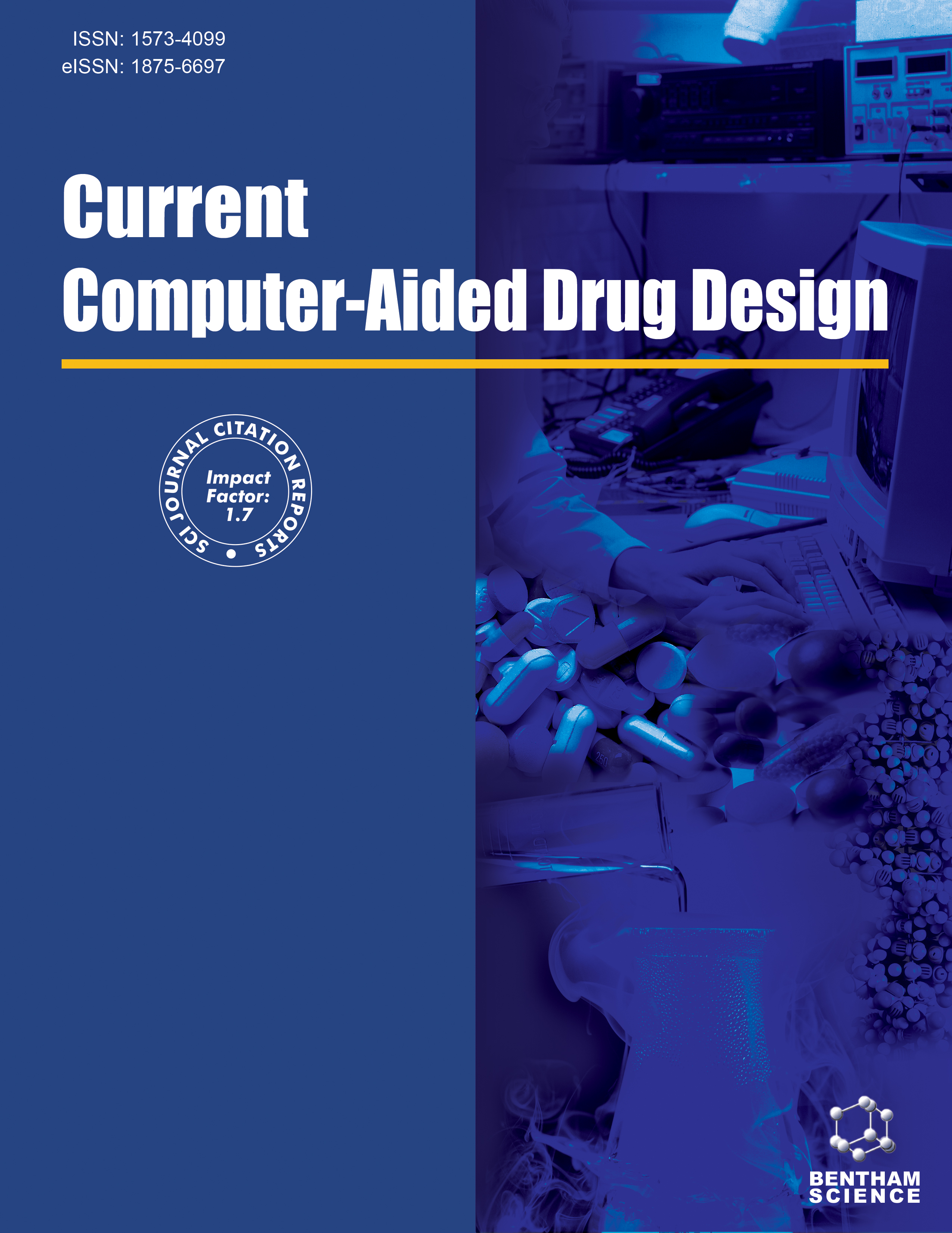
Full text loading...
We use cookies to track usage and preferences.I Understand
The prevalence of breast cancer presents a substantial global health concern, underscoring the ongoing need for the development of inventive therapeutic remedies.
In this investigation, an array of novel indazole-pyridine hybrids (5a-h) have been designed and synthesized to assess their potential as candidates for treating breast cancer. Subsequently, we have conducted biological evaluations to determine their cytotoxic effects on the human MCF-7 breast cancer cell line. Furthermore, in silico analysis was conducted to estimate the inhibition potential of the compounds against TrkA (Tropomyosin receptor kinase A), a specific molecular target associated with breast cancer, through molecular docking. In silico physicochemical and pharmacokinetic predictions were made to assess the compounds’ drug-like properties.
Compound 5a emerged as the most active compound among the others with GI50 < 10 μg/ml. Besides, compound 5a showed high binding energy (BE -10.7 kcal/mol) against TrkA and was stabilized within the TrkA binding pocket through hydrophobic, H-bonding, and van der Waals interactions. In silico physicochemical and pharmacokinetic prediction studies indicated that compound 5a obeyed both Lipinski’s and Veber’s rule and displayed a versatile pharmacokinetic profile, implying compound 5a to appear as a viable candidate and that it could be further refined to develop therapeutic agents for potentially treating breast cancer.
This study offers a promising direction for the advancement of innovative breast cancer treatments, highlighting the effectiveness of indazole-pyridine hybrids as potential anti-cancer agents. Further optimization and preclinical development are necessary to advance these compounds to clinical trials.

Article metrics loading...

Full text loading...
References


Data & Media loading...
Supplements

